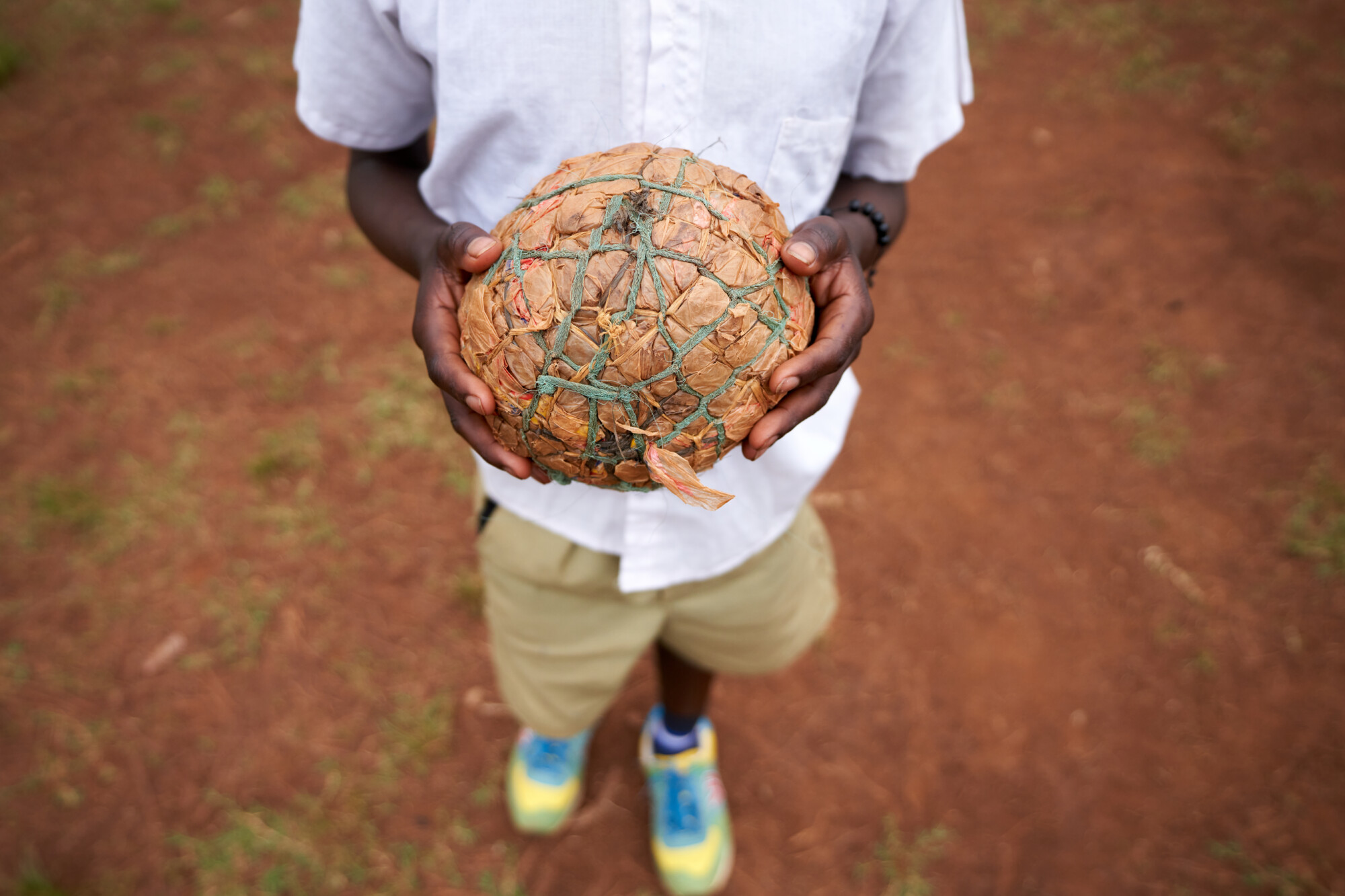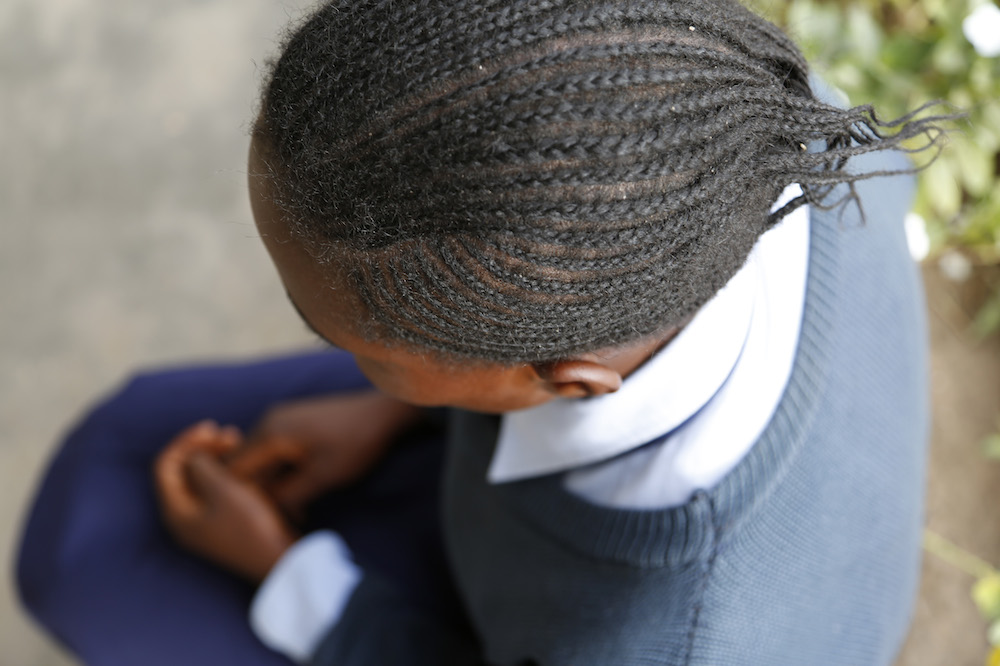
Child marriage

This page gives you an overview of child marriage (also known as early forced marriage) and the problems it causes for girls, often exposing them to abuse, early pregnancy and hindering them from attending school.
Jump to
- A summary of the issue of child marriage (or early forced marriage)
- The extent of child marriage
- The link between child marriage and education
- What would change if all girls had a secondary education?
- The reasons for child and early forced marriage
- What happens when girls marry too young?
- Where does child marriage happen?
- What’s the legal situation?
- What can be done to combat child marriage?
- Progress made - but more urgent action is needed
A summary of the issue of child marriage (or early forced marriage)
Every year, millions of girls around the world become brides before the age of 18. It is also known as early forced marriage.
Girls who are required to enter into marriage at an early age are at greater risk of domestic violence and abuse. They are less likely to be able to escape poverty. Those having children too young have a significantly increased risk of health complications, death in childbirth and infant mortality.
As a result of being required to marry at an early age, their education may be disrupted either because they are not permitted to return to school, or because of early pregnancy.
The extent of child marriage
An average of 40,000 children and young women under the age of 18 are married every day. This is around 15 million each year. More than 60% of child brides in developing countries have no formal education.
Today, there are more than 700 million women alive who were married before their 18th birthday. This is the equivalent of one in 10 of the world’s population. If we do not accelerate efforts to protect girls, there will be 950 million girls and women who will have been affected by child marriage by 2030.
The link between child marriage and education
When girls are married early, it can have a major impact on their ability to get an education.
Many girls who become brides are taken out of school and have very little prospect of completing their education. At the same time, the lack of access to quality education increases the likelihood of early forced marriage.
Girls with no education are up to six times more likely to marry early than those with a secondary education. In sub-Saharan Africa, 66% of women with no education were married before age 18 compared to 13% of those who went to school after the age of 12.
Addressing child marriage as part of working towards universal education and protection of girls and women is essential. If we do not accelerate efforts to protect girls, by 2030 there will be 850 million girls and women who have been affected by child marriage.
The work that children can be forced to do might also be illegal – such as working with drug gangs or in prostitution. Many children may get no money for the work they do but they will get food and a place to sleep. If they become sick or injured, most children will not get any money for missing work.
All these forms of child labour can prevent a child from going to school and limit their opportunity to fulfil their potential. Many child labourers never go to school or drop out.
Education is a proven strategy for reducing child labour. Lack of access to education keeps the cycle of exploitation, illiteracy and poverty going – limiting future options and forcing children to accept low-wage work as adults and to raise their own children in poverty. Children who have access to education can break the cycle of poverty at the root of child labour.
What would change if all girls had a secondary education?
According to research:
- The under-five mortality rate would fall by 49%, saving around 2.8 million lives
- Girls would have an average of 3.9 children, compared to 6.7 had by those with no education
- Girls would better understand sexually transmitted infections, such as HIV/AIDS, and that they have the right to refuse sex or request condom use
- There would be 64% fewer marriages and 59% fewer girls would become pregnant
The reasons for child and early forced marriage
Poverty
Child marriage is prevalent in communities where poverty is widespread, birth and death rates are high and access to education and healthcare is low. It can be seen as a strategy for short-term financial security, often taking place in exchange for goods or resources that support the survival of other family members. Girls from the poorest households are at greatest risk of becoming child brides.
Conflicts and emergencies
Natural disasters and armed conflict increase the chance of sexual violence against women and girls and can plunge families deeper into poverty. This makes girls more vulnerable to early forced marriage as parents perceive marriage as a means to protect and provide for their daughters. The rate of child marriage among Syrian refugee girls in Jordan has doubled from the pre-crisis rate.
Gender inequality and cultural norms
In some cultures, child marriage for girls is common. This supports discrimination and the abuse of girls and women, treating them as commodities that can be traded for cash, goods or status. The expectation that a girl’s future lies with marriage and motherhood limits opportunities and can lead to the risk of serious abuses. In Niger, 77% of women aged 20 to 49 were married before the age of 18 compared to 2% of men.
What happens when girls marry too young?
Many child brides do not return to school after marriage due to tuition and other fees, lack of childcare and the inflexibility of schools. Child marriage often means early and frequent pregnancies, which lead to school dropouts or girls being excluded.
Lack of education limits girls’ and women’s options to improve their circumstances economically and make better choices.
Having babies too young causes serious health issues. Pregnancy and childbirth complications are among the leading causes of death in girls aged 15 to 19 in low- and middle-income countries.
Approximately 70,000 girls die in labour every year. Some child brides are as young as eight or nine. Most adolescent pregnancies (90%) take place within marriage.
Child marriage is not just an issue for the individual. Each time a girl misses out on her education because she is forced into marriage, her family and country miss out on her potential contributions, economic and social.
Where does child marriage happen?
Child marriage is a truly global problem that cuts across countries, cultures, religions and ethnicities. It can be found in every region of the world.
The highest rates of child marriage are found in Niger (76%), Central African Republic (68%), Chad (68%), Mali (55%) and Bangladesh (52%). The countries with the highest numbers of child marriage are India, Bangladesh, Nigeria, Brazil and Ethiopia.
What’s the legal situation?
Laws setting a minimum age of marriage are an important way to safeguard children from being married before they are ready. Child or early forced marriage is a human rights violation and is not in line with several international agreements.
A clear and consistent legislation that establishes 18 as the minimum age of marriage helps to protect girls from being forced into marriage.
However, in many parts of the world that have this legislation, there are exceptions where parental consent, the authorisation of the court, or religious laws allow marriage below the age of 18.
These exceptions undermine legal protections against child marriage and perpetuate the practice.
What can be done to combat child marriage?
As child marriage and lack of secondary education are so closely linked, increasing opportunities for education is key to reducing levels of child marriage.
Continued work to empower girls and women, to mobilise families and communities to make change, provision of health, education and child protection services, and establishment of a legal and policy framework to protect girls is essential.
Progress made - but more urgent action is needed
Worldwide, the percentage of girls married under 15 has dropped from 12% to 8% in the past three decades.
This has been helped by supporting communities to discuss the issue and set up child marriage-free zones, pressuring governments to adopt and enforce 18 as the minimum legal age of marriage and to protect children as minors.
Increased access to education for girls has also been a contributing factor in lowering the child marriage rates.
Global advocacy has resulted in a change in the law in countries with high rates of child marriage, such as Malawi. In Ethiopia, the child marriage rate has fallen by more than 20 % as levels of educational attainment have also improved.
There were some breakthrough moments in 2017. A summit on child marriage in West and Central Africa saw commitments from many countries to end child marriage. A landmark court ruling in India means that sex with a bride under 18 is rape. A legal loophole allowing men to marry underage girls they had made pregnant girls was closed in El Salvador. And child marriage was made illegal in several countries including Honduras, Costa Rica and Malawi.
While there has been some progress, the issue is a long way from being resolved and needs a sustained effort on several fronts in order for things to change.
Continued efforts on several fronts is important to improve the situation. They should include:
- Education
Ensuring that girls stay in school and have continued access to quality education are two of the most effective ways of preventing child marriage and are critical to protecting girls from the significant social, economic and health consequences of marrying too young.
- Protection in times of crisis
During natural disasters and conflict, girls become increasingly likely to marry young or be forced into marriage. Systems should be put in place so that girls are supported during humanitarian emergencies. Current commitments to ensuring children’s education during crises will go some way to supporting girls’ schooling and help protect them from early marriage.
- Empower more young people
Where girls and women create, join and lead dialogue and programmes that address child marriage, success is more likely.
Next resource
